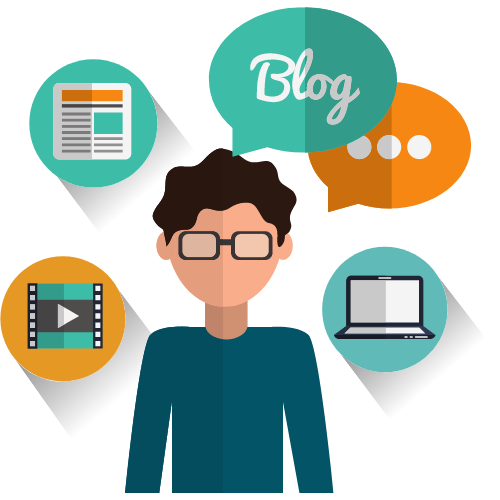The use of virtual reality (VR) in classrooms is rapidly expanding. Virtual reality (VR) allows students to go to far-flung locations without leaving their desks. Envision a classroom where students can visit the Great Pyramid of Giza without leaving their seats. This is made possible through the use of the best vr for education.
How does it work?
The immersive virtual reality (VR) format known as 360° is widely employed in classrooms. This virtual reality form involves using specialized cameras and technology to record actual locales. The recordings are then transferred to the studio, where they are transformed into virtual reality experiences. Virtual reality allows students to visit places that might otherwise be too expensive or inaccessible. Because of this, virtual reality has the potential to revolutionize education.
How can virtual reality help education?
The use of virtual reality in the classroom allows teachers to provide their student’s experiences that would be impossible without technology. And it needs to stay within the confines of the school.
Virtual reality is available to all students and can be readily monitored by educators. Learning in a virtual environment can motivate and excite pupils in ways that are impossible to replicate in the real world.
The popularity of virtual reality (VR) in the classroom is rising, so VR lessons may become standard fare shortly. The content and VR lessons have been designed to correspond with the curriculum.
How can students benefit from virtual reality?
There are countless ways in which VR can benefit students, but here are some of the most important:
- Students learn more from experience
Instead of just reading and writing about something, students can experience it in virtual reality.
- VR can motivate
Virtual reality’s ability to bring faraway places into the classroom is revolutionary and incredibly motivating for kids.
- VR gives people ideas and helps them think creatively.
Virtual reality (VR) gives an unprecedented immersive experience for learning. Students are “taken away” from the classroom and given the freedom to use their creativity.
- VR in the classroom helps students talk to each other
Students are encouraged to talk to one another throughout the virtual reality experience. After that, they are more than happy to talk about what they learned and how it affected them.
- VR provides realistic travel experiences
Virtual reality allows schools to provide pupils access to exotic destinations that might otherwise be out of reach. The time and money saved by schools can be better spent on giving kids life-changing opportunities.
- Everyone can use VR in the classroom
All of a class’s students can participate in the same VR lesson. Virtual reality is accessible to all students, unlike traditional school trips, which may be too expensive for parents or inconvenient for students.
- VR makes learning fun and memorable
Students remember the VR experience and look forward to discussing it in subsequent courses long after it has concluded.
Conclusion
Although best vr for education has advanced, it still has a way to go before the general public accepts it. Even though this is a tiny quantity compared to the population using smartphones, this rapid expansion is especially remarkable given how recently this technology entered the mainstream consumer market.




